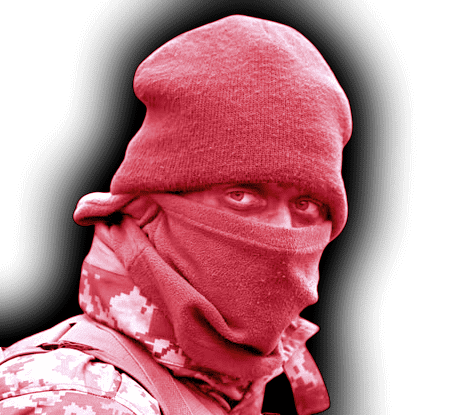As the Ukraine war drags on, 15 months after the Russian forces launched their Special Military Operation, the different approaches of Zelensky two major sponsors – the US and its main ally the United Kingdom – are becoming more pronounced.
These dissonant approach increase in visibility as reports arise of Dozens of UK Special Forces ‘advisors’ are exerting ever more influence on the ground in Ukraine.
The Wall Street Journal reported:
“The U.K. and the U.S. are great allies, but on Ukraine there’s a disagreement brewing. The Brits would like the Americans to be more aggressive, and the U.S. wants the U.K. to be more cautious.
[…….] UK special forces from the British Army’s SAS and SRR regiments and the Navy’s SBS units are operating very close to the front lines in Ukraine. These personnel are serving as key interlocutors between NATO intelligence efforts & Ukrainian forces
[…] They aren’t fighting, but their guiding influence on Ukrainian special-forces activity is evident in the sabotage operations Ukraine has conducted against Russian railway, airfield, fuel and other logistical nodes”
Just last month, the Pentagon leaks have indicated that the UK has deployed as many as 50 special forces to Ukraine. That’s ‘more than half of the western special forces personnel present in Ukraine between February and March this year’.
The Guardian reported:
“It is unclear what activities the special forces may have been engaged in or whether the numbers of personnel have been maintained at this level.
The UK’s elite military forces, whose activities are normally shrouded in secrecy, comprise multiple units including the Special Air Service (SAS).
[…] According to the files, US officials assessed at the time that of the 97 special forces from Nato countries active in Ukraine, 50 were British. This is considerably higher than the number from the US and France, which were said to have deployed 14 and 15 special forces respectively.”



